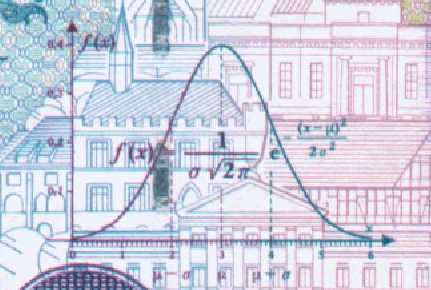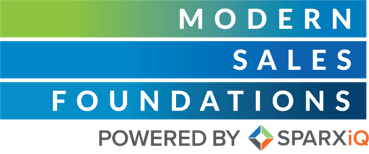 To understand the key changes and new trends in line-of-business sales, I’ve had plenty of interesting discussions with sales managers at different levels in the past year. It’s clear from these conversations that revenue, profit, and reliable forecasts are still the top KPIs for measuring the success of sales executives. They may even be job-relevant for heads of sales. To achieve great results, heads of sales tell me, they usually count on the high performers, who represent about 15% to 20% of their entire sales force. I’ve heard the same story for both B2B and B2C companies across the globe.
To understand the key changes and new trends in line-of-business sales, I’ve had plenty of interesting discussions with sales managers at different levels in the past year. It’s clear from these conversations that revenue, profit, and reliable forecasts are still the top KPIs for measuring the success of sales executives. They may even be job-relevant for heads of sales. To achieve great results, heads of sales tell me, they usually count on the high performers, who represent about 15% to 20% of their entire sales force. I’ve heard the same story for both B2B and B2C companies across the globe.
Counting mainly on the top reps can be a very risky game, however. Some may miss their marks or even leave for better opportunities. It’s also much harder to achieve an ideal mix of product and services or new and existing customers if sales are concentrated in a few hands. The lesser performers will likely focus on the offerings that are easiest to sell and the customers that they know. These are not necessarily the offerings or customers with greatest potential for profit or competitive advantage.
Long-term sales success thus depends on engaging the entire team — throughout the sales cycle and throughout the year.
An Early Warning System
Imagine you re the sales manager of a successful high tech company, where sales have been steadily rising for many years. Here and there, though, there are signs that you re about to lose market share. Your competition is getting stronger and more proactive, the products that used to set you apart have been commoditized, and a few high-performing reps have been carrying the rest of your sales team.
What you may not notice is that the team is not reaching enough new customers or selling the products that are your new differentiators. You suspect that you need an overhaul of your sales methods to keep things from falling apart. But you need to make the new methods accessible to your sales team and prove that they will work.
If you had an early warning indicator, you could immediately see potential trouble spots and fix them before they became real problems. You could proactively help sales reps fully understand their customer pipelines and identify the deals with the greatest impact. You could develop incentives for selling new products or acquiring new customers.
With the right tools you could also create territories that maximize contributions from each member of the sales team and highlight hidden sales opportunities. You could connect reps with subject matter experts throughout the sales cycle.
If you could view your KPIs on an easy-to-use dashboard each day, you d find it easier to meet your revenue and profitability projections. You could set customer and product goals for your reps, watch how the reps perform, and determine whether they re reaching the most productive customers with the optimum product mix.
Having this type of information throughout the quarter would help you make adjustments before the quarter ends ? thereby avoiding surprises. Showing reps how their performance affects their incentives can motivate them to work harder and meet their goals.
The right analytics could also help you integrate best practices into your sales methods. This might include, for example, a weekly review of the customer pipeline — that could help reps make the most of their deals.
Staying Ahead
Engaging the entire sales team requires reliable information on how your reps are performing against their goals, clear visibility into customer needs, and analytics that help the whole team get the right products to the right customers at the right time. While KPIs like percentage of reps making plan? or composition of pipeline? might not directly affect your job today they can definitely enhance your career over time by helping you align sales strategy with sales execution. When everyone works toward the same end, revenue and profitability can grow for years to come.
Dietmar Bohn is Vice President Solution Management at SAP AG. He runs SAP’s Solution Management for the Line of Business Sales. Dietmar brings more than 10 years of CRM experience from both outside and inside SAP and more than 20 years of industry experience. Dietmar has held different management roles spanning CRM strategy projects, CRM implementation projects, CRM development and CRM product management.









